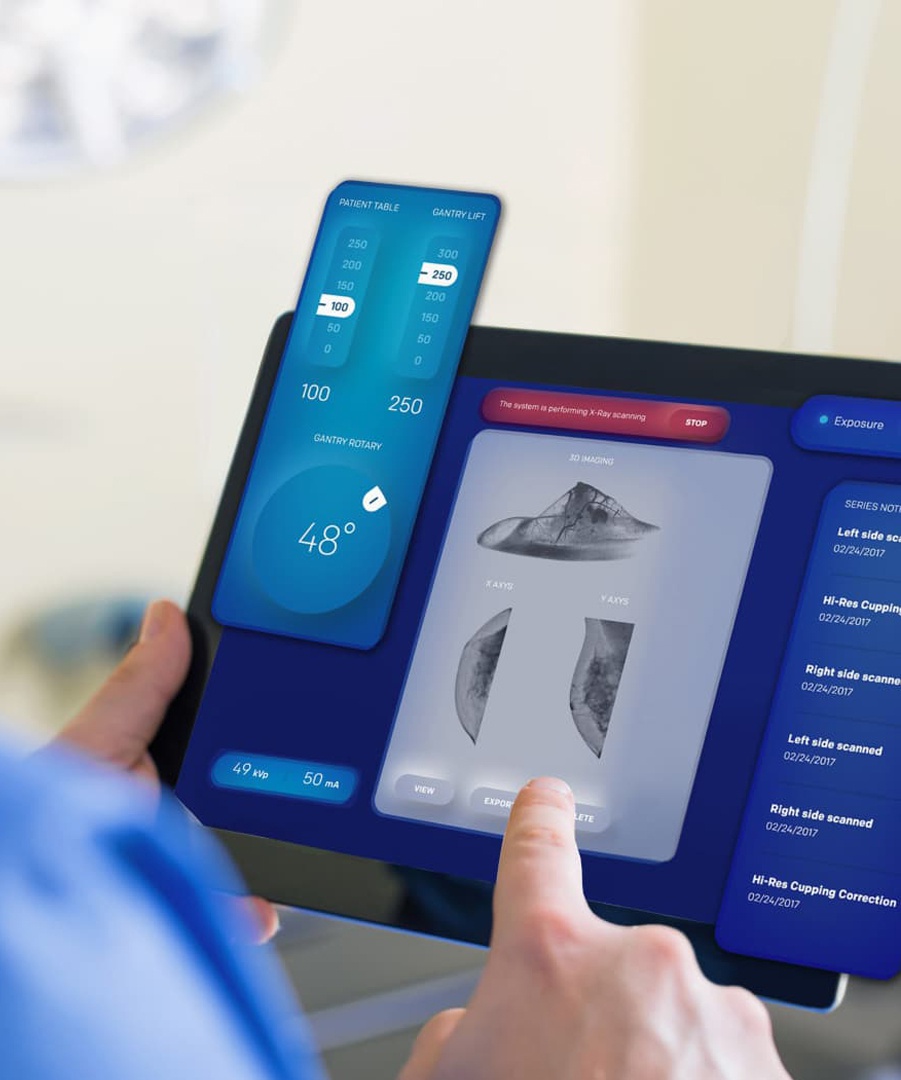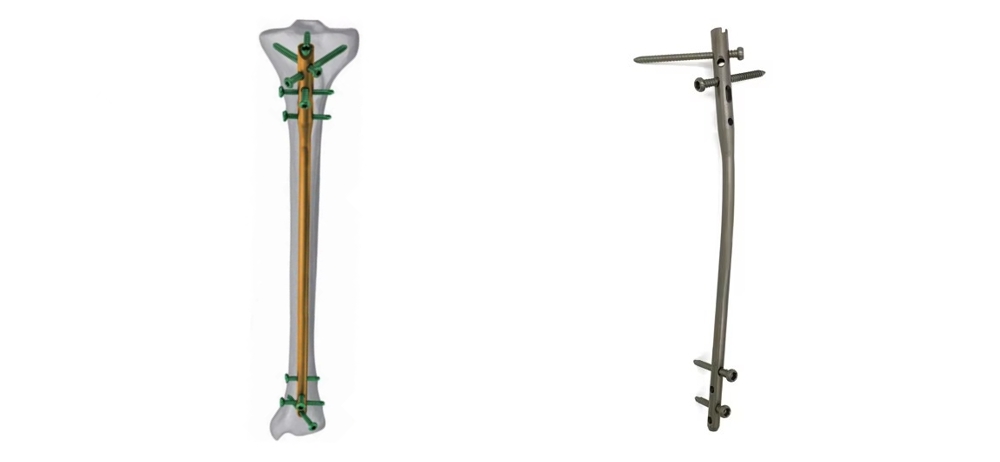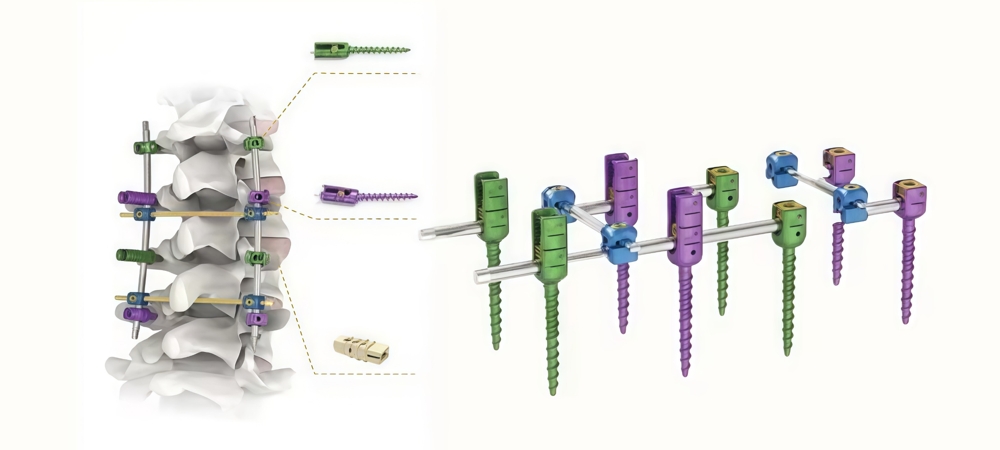


Introducción
Los dispositivos de fijación interna ortopédica son instrumentos cruciales en la cirugía traumatológica ortopédica moderna. Estos dispositivos están diseñados para estabilizar los huesos fracturados, desempeñando un papel vital para facilitar una correcta consolidación, reducir el tiempo de recuperación y restaurar la función. En este artículo, revisaremos los distintos tipos de dispositivos de fijación interna, sus materiales y usos clínicos, ayudando a los profesionales de la salud y distribuidores a comprender mejor los componentes de un manejo eficaz de las fracturas.
¿Qué son los dispositivos de fijación interna?
La fijación interna se refiere a la colocación quirúrgica de dispositivos dentro del cuerpo para estabilizar huesos fracturados. Estos implantes mantienen los fragmentos óseos fracturados en su posición, permitiendo que el proceso natural de curación continúe con la alineación y estabilidad adecuadas.
Beneficios clave:

Tipos comunes de dispositivos de fijación interna ortopédica
1. Placas y tornillos
Estos son los dispositivos más utilizados, se fijan directamente sobre la superficie del hueso.
Aplicaciones: Fracturas de huesos largos (húmero, fémur, tibia), fracturas pélvicas, fijación de huesos pequeños.

2. Clavos intramedulares
Estas varillas metálicas se insertan en la cavidad medular de los huesos largos. Ofrecen una excelente distribución de la carga y permiten una rápida carga después de la cirugía.
Aplicaciones: Fracturas de la diáfisis femoral, tibial y humeral
Ventajas: Mínimamente invasivo, curación rápida, soporte de peso temprano después de la cirugía.

3. Sistemas de cables
Se utilizan para fracturas complejas o reconstrucciones óseas, particularmente alrededor de áreas articulares.

4. Sistemas de tornillos pediculares
Estos tornillos, que forman parte de los sistemas de fijación espinal, se utilizan para estabilizar las vértebras.

Materiales utilizados en dispositivos de fijación interna
Los implantes ortopédicos deben cumplir con altos estándares de materiales en cuanto a resistencia, biocompatibilidad y resistencia a la corrosión. Los materiales más utilizados son la aleación de titanio, el acero inoxidable y el polímero PEEK. A continuación, se presenta una comparación de las propiedades de estos materiales:
| Tipo de material | Densidad (g/cm³) | Módulo de Young (GPa) | Compatibilidad con resonancia magnética | Resistencia a la corrosión | Biocompatibilidad | Resistencia (MPa) | Características | Aplicaciones comunes |
| Aleación de titanio (Ti-6Al-4V) | 4.43 | 110-120 | No magnético, bueno | Alto | Excelente | 900-1100 | Ligero, resistente a la corrosión, excelente biocompatibilidad. | Placas óseas, tornillos, clavos intramedulares, sistemas de cables |
| Acero inoxidable (316L) | 8.00 | 190-210 | Magnético, afecta el escaneo | Moderado | Bien | 520-600 | Alta resistencia, bajo costo, buena maquinabilidad. | Placas óseas, tornillos |
| PEEK (poliéter éter cetona) | 1.30 | 3.6 | No magnético, bueno | Excelente | Excelente | 90-120 | Radiotransparente, alta flexibilidad | Dispositivos de fusión espinal, materiales de reemplazo especiales |
Recuperación y cuidados postoperatorios
Después de la cirugía, los pacientes generalmente se someten a:

Tendencias futuras en las fijaciones internas
El campo de la fijación ortopédica avanza continuamente, con tecnologías emergentes como:
Conclusión
Los dispositivos ortopédicos de fijación interna son fundamentales para el tratamiento de fracturas, ya que garantizan la estabilidad, mejoran la consolidación y ayudan a los pacientes a recuperar la movilidad más rápidamente. Ya sea profesional de la salud, distribuidor o profesional de adquisiciones, comprender bien estos dispositivos es esencial para mejorar los resultados ortopédicos.